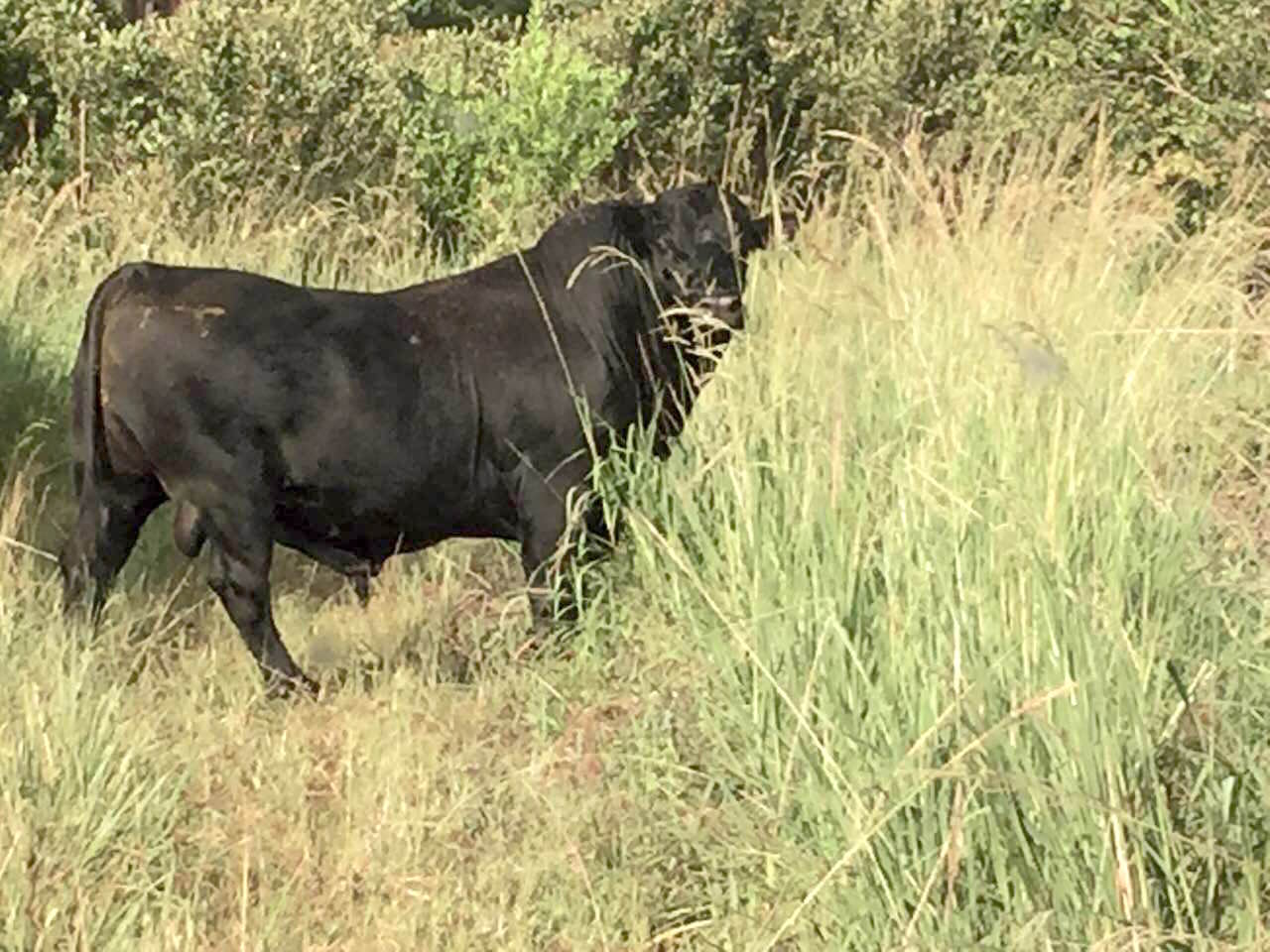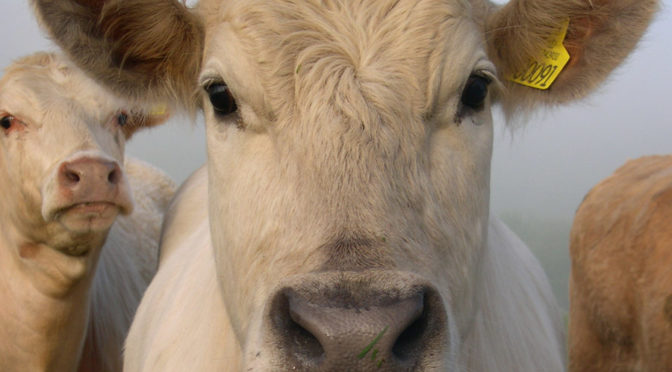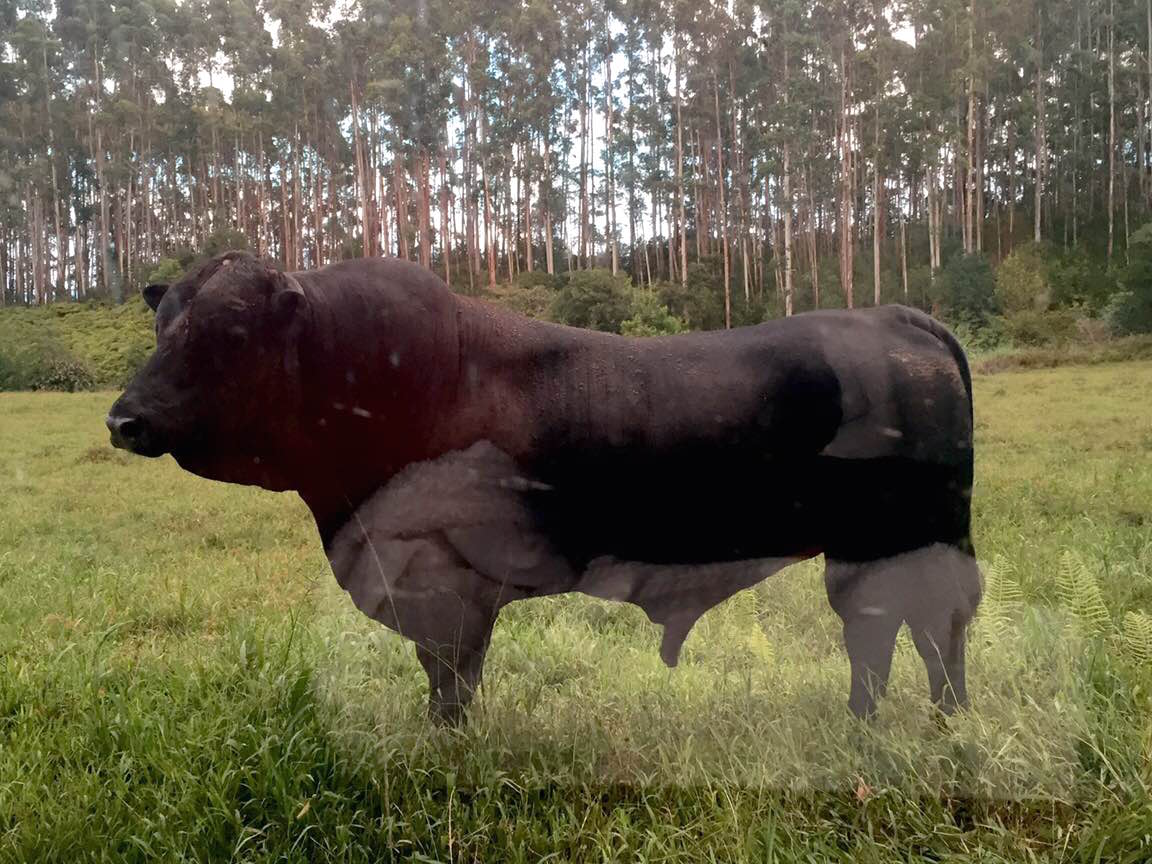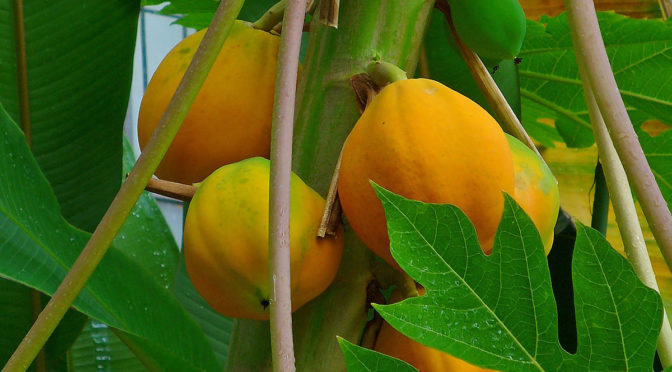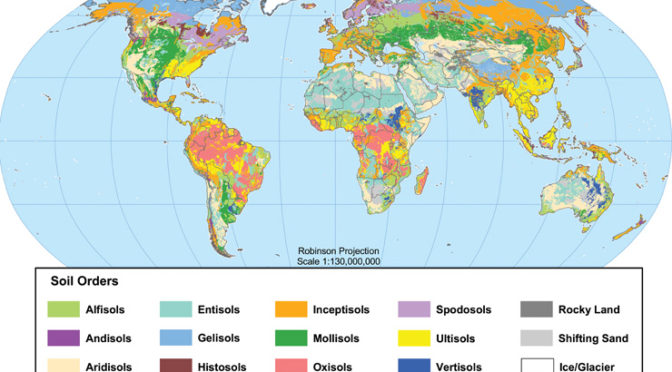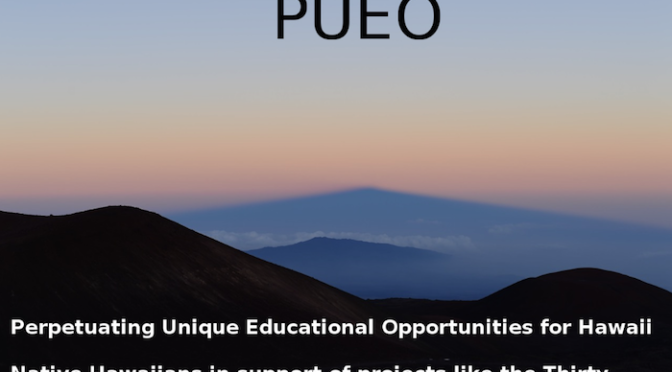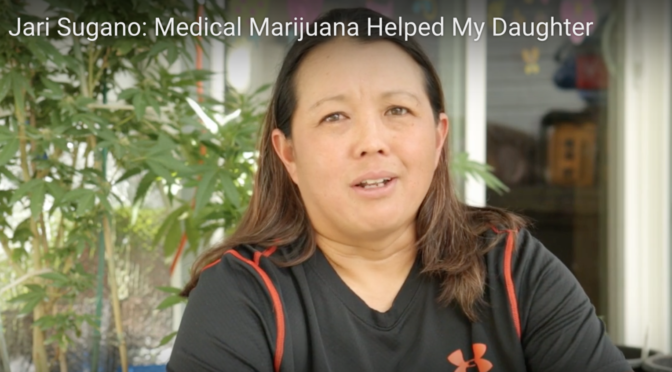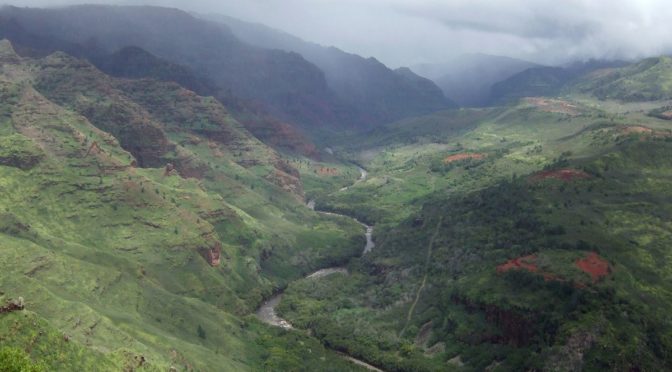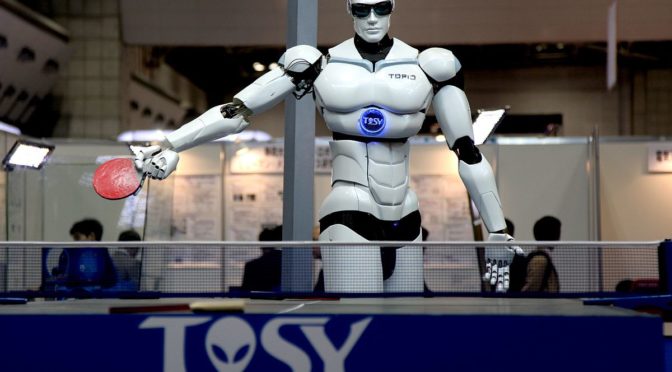For the first time, the State Championship event for Hawai‘i high school VEX robotics will be held on the Big Island.
The championship event in January 2017, which, appropriately for the astronomy-oriented Big Island, is called “Starstruck,” will host 30 to 36 high school VEX robotics teams from throughout the state. Winning teams from the State Championship event will qualify for the World VEX Championship games, to be held in April 2017 in Louisville, Kentucky.
Last year, 31 Hawai‘i robotics teams participated at the World Championship, including eight middle and high school VEX teams. Kohala High School won the Judges Award. Twenty three VEX IQ elementary and middle school teams participated last year, including Kea‘au Elementary School.
Teams are already designing and programming robots to meet the 2017 games challenges. Schools interested in joining VEX VRC or IQ should email Art Kimura, Education Specialist at UH Manoa’s Hawai’i Space Grant Consortium, as soon as possible.
Volunteers are needed for the January 6th championship event. Organizations and individuals are needed for judging, refereeing, scorekeeping, announcing and queuing. To volunteer, contact Art Kimura with your organization affiliation, if any, and t-shirt size. Volunteers receive lunch, drinks and a t-shirt.
To qualify for the State Championships, teams must first qualify in tournaments to be held on Onizuka Science Day (January 28, 2017; volunteers and sponsors are still needed for that day as well). VEX VRC middle and high school qualifying robotics tournaments will be held at Waiakea Intermediate and Kohala High. VEX IQ Crossover elementary and middle school qualifying tournaments will be held at Waiakea Elementary, Kealakehe High School and UH Hilo.
VEX VRC and IQ robotics are the fastest growing robotics programs in the world with more than 16,000 teams. Last year Hawai‘i had 238 teams, and it’s projected to have least 300 in the near future, representing more than 30 percent of the state’s schools. This is due to an infusion of state labor work force development funds, says Kimura, who thanks Representative Mark Nakashima.
“Robotics would not be possible in Hawai‘i without the generous support of the community and the hundreds of volunteers, including team mentors,” says Kimura.
“On the Big Island, the early and continuous support of the Thirty Meter Telescope and Sandra Dawson has increased schools’ and communities’ access to scholastic robotics. Statewide, the Hawaiian Electric Companies and the aio Foundation have generously provided support where we have experienced a 300 percent growth in VEX IQ robotics in just two years. We are one of only ten states to show a +50 team increase in one year, and on a per capita basis, we lead the nation in participation.”
This October, an international robotics competition called the Pan Pacific Championship will be held on O‘ahu. It will include more than 20 teams from China, Taiwan, Korea, New Zealand and Canada as well as Hawai‘i.
“We thank the generous support of the Thirty Meter Telescope, the Hawaiian Electric Companies, the County of Hawai‘i (Research and Development), and Kea‘au High School, to make it possible for the Big Island to host the Starstruck State Championship tournament,” says Kimura.
Kimura says if the Mauna Kea Outreach Committee, UH Hilo, or any other Big Island organizations would like to help support the State Championship tournament, they can email him at art@higp.hawaii.edu. Sponsors’ logos will be on the volunteer t-shirts and the championship banners awarded to winning teams. Sponsors are also provided with a sponsor table at the tournament.
